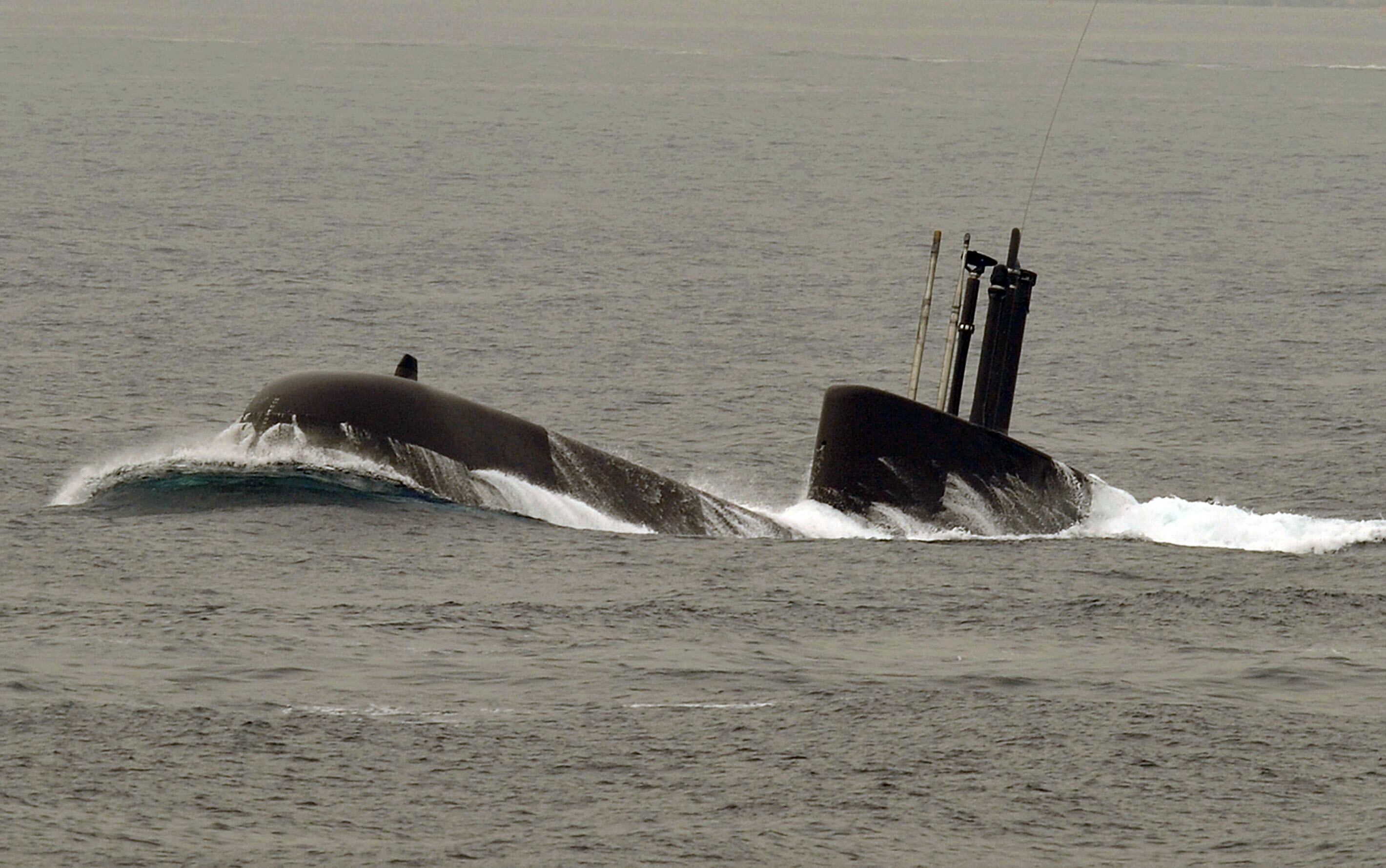Amphibious operations are firmly in the back of the mind for NATO and its allies as they pivot away from protracted asymmetric conflicts and ready themselves for expeditionary warfare. Central to their success in a contested environment — and especially against a peer or near-peer adversary — is effective command and control, in particular during the initial stages of an operation when a “data gap” can exist.
A data gap is often created in the period from the embarkation of the amphibious component and the formation of a command post ashore that has the necessary communications infrastructure to enable effective C2.
Amphibious forces travel light, and the communications capabilities that they deploy with offer limited bandwidth and range. Transferring all of the data compiled in the planning and transit stages of an operation is not possible, and typically tactical communications systems only have the capacity for a fraction of this. One existing approach to providing forward headquarters with the data they require is to physically transport a hard drive and download information into the infrastructure established in the command post. Obviously this can cause latency, a loss in situational awareness and a lack of awareness of any changes that have occurred since the operation commenced.
To deliver an up-to-date picture to commanders throughout all phases of the operation, forces must embrace C2 systems that enable them to tailor and prioritize the information that they want to receive, and which also support operations in C2 denied or degraded environments — or C2D2E.
RELATED

If information managers can determine what is the most important information to receive once ashore — and set their systems to prioritize this as soon as the bandwidth becomes available — they can go some way to delivering up-to-date situational awareness and command information. Data that is determined to be of lower importance can then be downloaded and synced when the requisite capacity becomes available, without any impact on the priority information.
C2 systems that can build planning layers and force-tracking data in very small sizes — down to kilobits even — can enable information to be transferred in restricted operating conditions over minimal bandwidth and via high-frequency communications in order to maintain connectivity when satellite communications as well as ultrahigh and very high frequency radio capabilities are unavailable.
Providing forward headquarters with resilience must also be a priority if further data gaps are not to develop once they are established ashore and the operation progresses. A peer or near-peer adversary will undoubtedly attempt to disrupt satellite communications as well as find, fix and jam ultrahigh and very high frequency radio capabilities. Given the likely high tempo of operations, even a short period without connectivity could have a significant bearing.
One approach to ensuring that the loss of connectivity has minimal impact is to utilize C2 systems that can structure multiple headquarters as one organization, with the information replicated across all members whenever changes are made at the individual headquarters. If one headquarters loses connectivity, the others continue to sync data; when the absent headquarters’ connectivity is restored, the data is updated gracefully, again with the priority information first. Likewise, cloud-based solutions can provide such capability given the necessary connectivity.
Again, employing high frequency in a more traditional hub-and-spoke configuration can go some way to ensuring that critical mission data ― such as force tracking ― is shared, with the forward headquarters linking to a higher-level headquarters.
If the marine elements of NATO members and their allies are to dominate the current and future amphibious battlespace, it is essential that they are cognizant of the unique data-management and information-management challenges that they will be faced with and adopt the necessary C2 systems and operating procedures. In the near term, logical steps to developing C2 capabilities for the domain could include:
- Identify and evaluate — in a realistic operational scenario — C2 systems that enable forward headquarters to rapidly establish and update C2 and situational awareness. Prioritize those systems that can deliver data over minimal bandwidth in challenging electromagnetic conditions, and allow information managers to tailor and prioritize the order in which data is received, ensuring that mission critical information is available first.
- Ensure that exercises include a credible C2D2E aspect and an opposing force with the relevant capabilities. It will be folly to assume that such challenges can be overcome in their entirety, and so not to include them in exercises will be detrimental — better to provide the opposing force with overmatch in this respect and accept failures in training rather than on operations.
- Develop and implement training that will ensure that communications teams are able to effectively operate in the conditions they would experience during amphibious operations against a peer or near-peer adversary. It is essential that communications teams are able to manage data, bearers and bandwidth effectively. Even under optimum operating conditions with well-established infrastructure and communications capacity, it is very rare that all mission command data can be made available.
Andy Woodford is a domain adviser at the software and systems provider Systematic. He previously worked as a Royal Marine commando information warfare manager.








